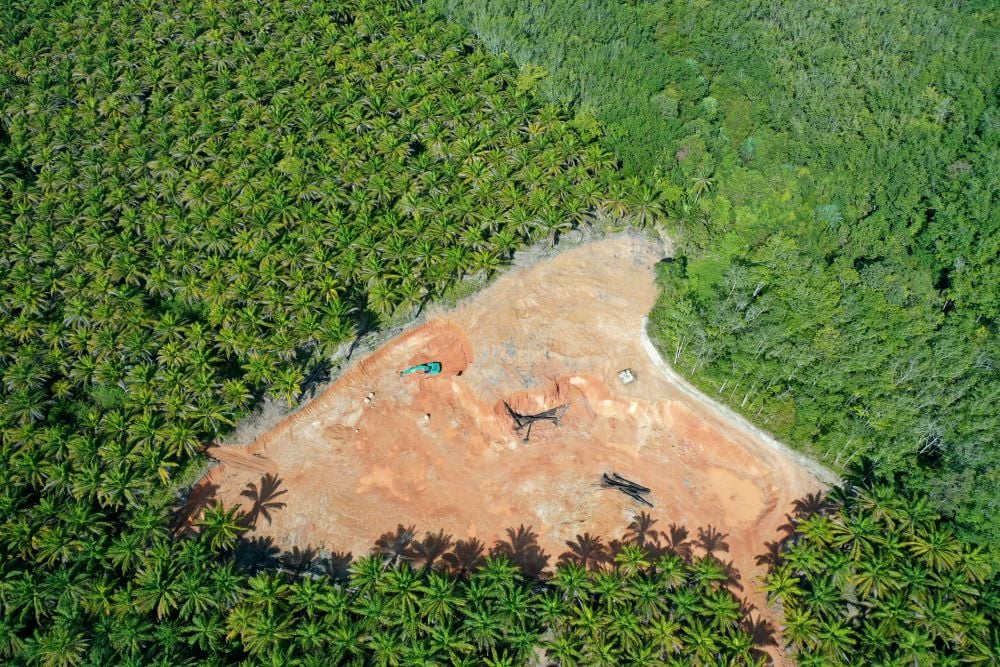Asia’s financial sector has been warned of the potential for risks involved in transition financing as the region’s economies rush to achieve net zero emissions. Under the Paris Agreement, China has committed to reach carbon neutrality by 2060 while Hong Kong, Japan and Korea aim to achieve the goal by 2050.
Speaking at the Asian Financial Forum, renowned environmentalist Dr. Ma Jun, chairman and president of the Hong Kong Green Finance Association (HKGFA), said: “Green and low-carbon technologies for energy efficiency and the adoption of low-carbon materials will be a very important part of the carbon neutrality. But, of course, the carbon neutrality target will pose a challenge to the financial sector as well. Especially, we need to watch the financial risks arising from climate transition.”
Recent research indicates that China would need to have 130 trillion yuan (US$20.1 trillion) invested in low-carbon projects in the next three decades to achieve its carbon neutrality targets, Ma says.
“I myself led a team for Chongqing to design a carbon neutrality road map and we estimated that 13 trillion RMB will be needed for green finance in the coming three decades, of which 8 trillion will be low-carbon investments. Note that Chongqing is only 2.5% of China’s GDP. So spinning that out to China I think that the country as a whole will need at least 100 trillion, maybe a few hundred trillion RMB to be invested in low-carbon projects in the coming few decades,” Ma says.
Coal-fired power
Ma warns in particular about transition financing in the coal-fired power generation sector which currently accounts for the bulk of power generation plants in Asia, particularly in China.
“We have developed a climate transition model that shows that the non-performing loan ratio of loans to coal-fired power generation sector will rise from the current 3% to about 20% by 2030. This is because the demand for coal-fired power generation will shrink. Their pricing power will decline. Carbon price will increase. And funding cost for these companies will increase,” Ma says.
Apart from coal-fired power generation, the type of risks coming out of climate transition will also be visible in other high-carbon sectors including steel, cement, aluminium, and chemicals.
“Therefore, banks and financial institutions will have to conduct environmental risk analysis in order to manage these risks,” he says.
Ma, who is also a consultant of climate risk to the People’s Bank of China (PBOC), says he has made recommendations to the central bank on what should be done to improve the financial system and make it more aligned to carbon neutrality.
Green finance
The first recommendation is to improve green finance standards by removing high-carbon projects from the green finance catalogue even though some of these projects can help achieve other environmental objectives. This is referred to as the “no significant carbon” principle.
The second recommendation is to improve disclosure standards, especially for corporates and financial institutions that will have to disclose their carbon footprint, not only for their own operations but also for their respective loans and investments. Incentives for enhanced disclosure is also recommended.
“My recommendation for the PBOC is that they should consider reducing risk weights for green assets and raising these weights for brown assets which include high-carbon assets,” Ma says.
The third recommendation is for the PBOC to undertake pilot projects on net carbon reduction before deploying such policies nationwide.
The fourth recommendation is to encourage more productive innovation in the financial sector, which means a lot of green finance products need to be linked to carbon footprint so that these products can encourage low-carbon activities by reducing the financing costs.
“These recommendations were made for China but also I think that this is relevant for Hong Kong and other green finance markets and also for international collaboration,” Ma says.









